The 1955 24 hours of Le Mans was the scene of the worst crash in motor racing history. Eighty-three spectators and driver died and 120 more were injured in the most catastrophic accident in motorsport history.
The ’55 Le Mans race looked like it would be one of the fastest and greatest since WWII. One British race report praised the variety of the field representing “a United Nations of motor racing.” The greatest carmakers in the world were competing, as were the best drivers. The three teams competing were Ferrari, Jaguar and Mercedes-Benz. Future British F1 champion Mike Hawthorn drove for Jaguar and then-F1 champion Fangio drove for Mercedes, along with British phenom Stirling Moss, American John Fitch, and Frenchman Pierre Levegh.Levegh would die before sunset.
Moment of the crash – how it happened
–
Hawthorn, in the lead Jaguar and 1st in the race, had just lapped Macklin in the slower Austin Healey. As Hawthorn slows for the pits, Macklin breaks heavily, producing break dust, in an attempt to avoid Hawthorn. Levegh, in the second Mercedes, does not want to slow Fangio, in the lead Mercedes, who is fighting Hawthorn for the lead. Macklin, with drum brakes, cannot slow as fast as Hawthorn, with disk brakes, and so swerves to avoid him almost losing control.
The result was a ban of the sport in various countries due to poor safety standards. Today, Switzerland still has a ban on any kind of motorsport held in the country. As you’re watching the race, keep in mind the incident that claimed dozens of lives and nearly put a stop to auto racing entirely.

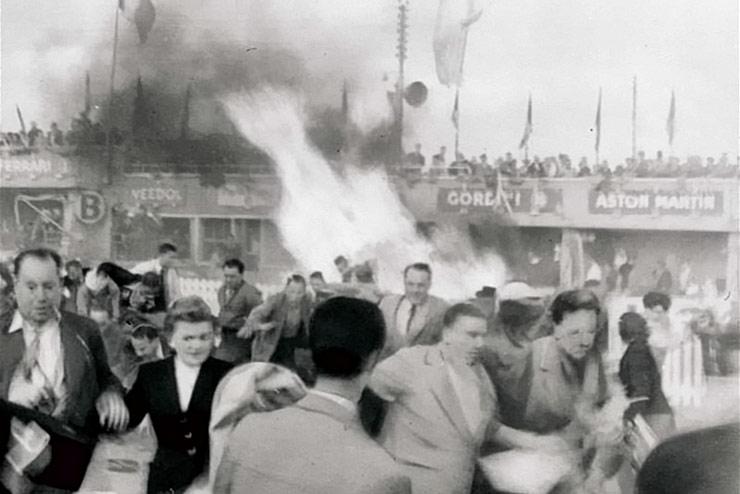
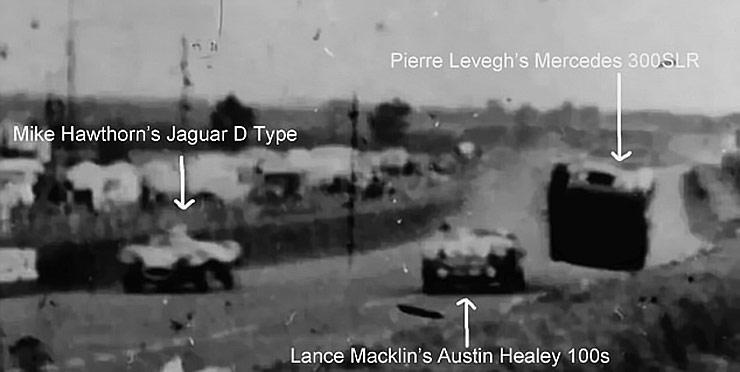
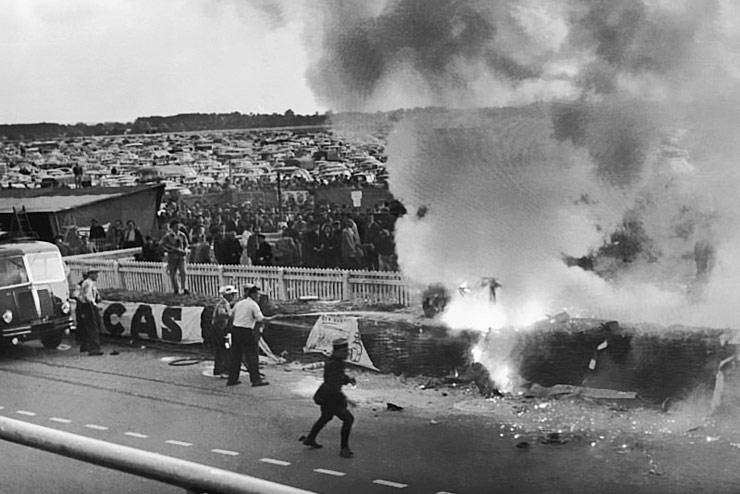











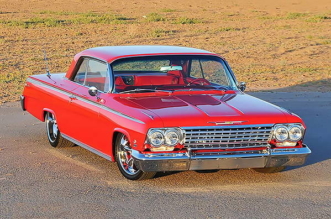
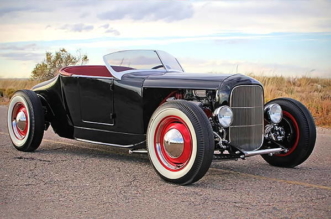
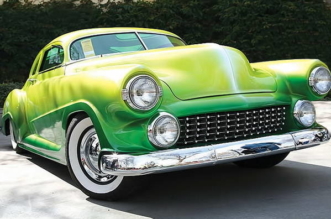









Facebook Comments